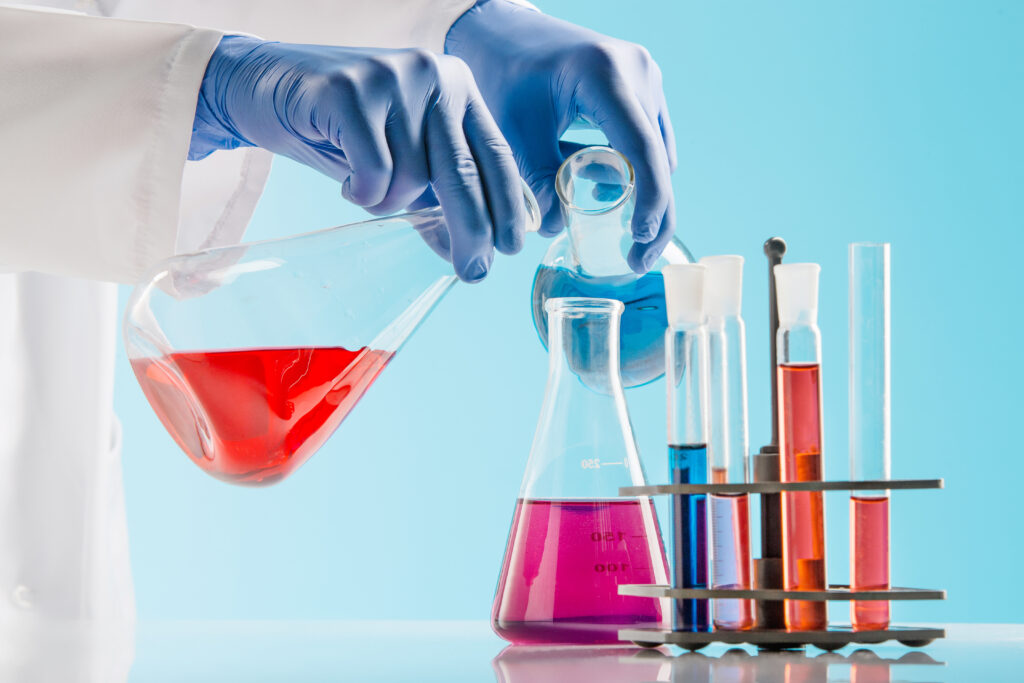A chemical is a substance with a specified composition, comprised of consistent components. These substances can either be naturally occurring, like water, or synthesized, such as chlorine used in various applications. Chemicals are omnipresent in our surroundings, from the food we consume to the clothes we wear, and even in the composition of our bodies. Worldwide, over 350,000 chemical compounds, comprising both individual substances and chemical mixtures, have been officially recorded for manufacturing and application.
Chemical reactions involve a transformation in the composition of substances. Broadly speaking, a chemical reaction is the process wherein one or more substances undergo change to produce one or more different substances. Distinguishing them from physical changes, which do not alter substances, chemical changes create entirely new entities. For instance, freezing water into ice is a physical change, as the resulting ice remains water in a different state. Similarly, dissolving salt in water does not create new substances; it merely combines salt and water in a different form.
Example of Chemical Reaction :
One of the example of chemical reaction is Iron + Oxygen → Iron Oxide exemplifies the formation of rust. Iron oxide is a distinct substance, and once the reaction occurs, it cannot revert to its original components. The reactants (on the left side of the arrow) and the product (on the right side) follow the law of conservation of mass, signifying that no material is lost in the process—the mass of the reactants equals that of the products.
The law of conservation of mass is a widely accepted principle, derived from extensive experimental testing and observation. It posits that the mass of the products resulting from a chemical reaction is equivalent to the mass of the reactants. While rearrangements occur, no creation or destruction of matter takes place.
Several Indicators of a Chemical Change
- Bubbling or altered odor, indicating gas production, as seen when mixing baking soda and vinegar.
- The formation of a cloudy mixture, called a precipitate, occurs when clear solutions are combined, indicating the presence of solid substances.
- Changes in color, like the rust for example
- Changes in temperature, or the production of light (as in fire), are also signs of a chemical change.
Despite the similarities, physical changes can exhibit some of these effects. To distinguish between the two, one must consider whether the new substance can be physically separated back into its original components. If not, it is a chemical change.

